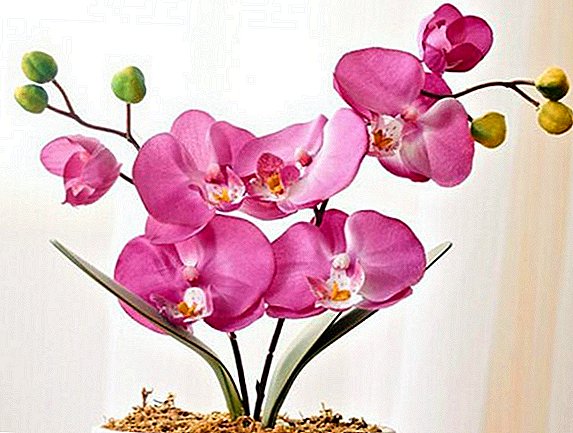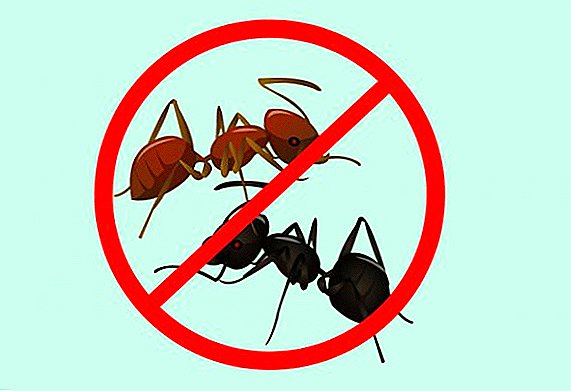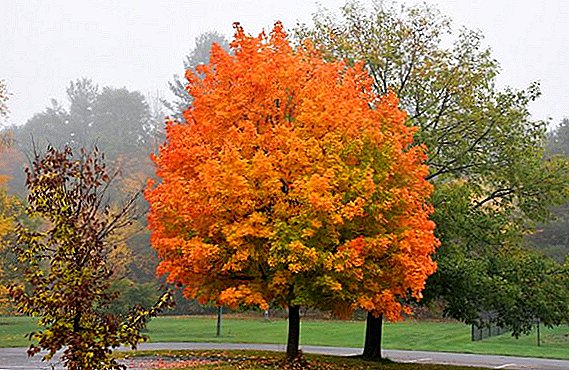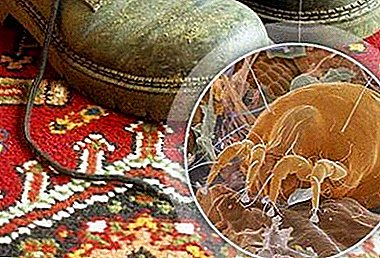
Most often, we do not even suspect what kind of creatures can live in our dwellings, and they can even be very dangerous for humans. They can be dust mites that are invisible to the human eye. Although they do not cause physical harm to a person, they can, however, cause dangerous allergic reactions in humans.
Further you will learn why such intolerance arises from the human body. What are the symptoms of an allergic reaction in children and adults. We will tell you what to do with this problem and why you need to visit a doctor.
The reason for the ailment
Allergy is a protective response of the human body to foreign substances and allergens. Against the material trapped in humans, the body creates special antibodies that produce histamine. There is an allergy due to the fact that the degree of hormonal material increases. The most common allergy to dust mites is considered.
Allergen in house dust
Important! The main allergen is the feces of this tick, as they contain a substance that provokes an allergy. These substances enter the human body during respiration.
But not only the waste products of dust mites lead to allergic reactions, but also non-living mites parts can cause these reactions. There are excreta and mite remains in dusty places. The main cause of dust mite allergy is body intolerance to some components of this pest.
Why may occur?
 It feeds on dust mites already dead corneas of human skin. A strong allergen is an enzyme. Mast cells of the body capture the enzyme as soon as it enters the human body. Macrophages transfer parts of these enzymes on their surface in the form of receptors. This is the body sensitization.
It feeds on dust mites already dead corneas of human skin. A strong allergen is an enzyme. Mast cells of the body capture the enzyme as soon as it enters the human body. Macrophages transfer parts of these enzymes on their surface in the form of receptors. This is the body sensitization.
Upon repeated contact with the waste products of a dust or bed mite, the allergen combines with the receptor on the surface of the macrophages and the cells are massively destroyed, releasing a large amount of histamine. It is histamine that is the main component for triggering a cascade of allergic reactions.
Allergens that cause allergic reactions in humans can also get into the bronchial tree, causing asthma attacks.
Watch a video about microparasites - dust mites that cause allergies in humans:
Symptoms
There is an allergic reaction to this tick in different ways, for example:
- Frequent sneezing and frequent nasal discharge. The nasal mucosa is severely swollen.
- Breathing through the mouth due to nasal congestion harms the body because the brain does not receive enough oxygen. As a result, headaches and weakness of the human body appear.
- Eyes swell and watery, there is a strong itch.
- Itching in the palate.
- The appearance of frequent dry cough.
- Wheezing in the chest.
- Severe shortness of breath in a person and even suffocation, causing a sudden awakening at night.
- Burning and itching of the skin, as well as their redness.
- The appearance of conjunctivitis.
- Symptoms of bronchial asthma.
- Swelling Quincke, and after hypoxia and even death.
Diagnostics
As soon as symptoms of an allergic reaction were discovered, the first thing to do is to be examined by an immunologist. For the examination, it is necessary to introduce an allergen extract in the human body in a special dosage. Then they see whether or not there is a reaction to them. From this already and conclude there is or not allergies.
What does the manifestation look like?
In children
The disease is very difficult for the very young, especially for infants.
Symptoms of allergy to house dust in a child:
- swelling of the nasal mucosa develops quite quickly;
- there are difficulties in feeding, because the nose they have become pledged;
- in addition, appetite and sleep are lost;
- the child becomes irritable.
Allergies in children may take more severe forms than adults.
In adults
In adults, an allergic reaction does not take place in such a severe form as in young children. It is expressed in:
- redness and itching of the skin;
- swelling and nasal congestion;
- sudden awakenings at night;
- attacks of strangulation and shortness of breath;
- itching of the eyeballs and palate;
- heavy discharge from the nose and frequent sneezing;
- chronic fatigue and apathy;
- wheezing in the chest.
But cases of deaths are possible, although this happens quite infrequently.
A photo
Photo of the appearance of allergies:



Consequences of not treating
If you do not start treatment, the symptoms of allergies will continue to alarm the sick person continuously.mainly in autumn and winter. Also, in addition to the manifestations of allergy, it is possible to change the condition of the patient, affecting his ability to work, on the quality of life, emotional and psychological mood.
What to do?
What to do if allergies started in a child or an adult? First of all, it is necessary to avoid contact with the sources of allergy, eliminating their place of deployment. At the same time as prescribed by a doctor, take medication.
When relieving symptoms, use drugs such as:
- Antihistamines.
- Nasal vasoconstrictor sprays and drops.
In more complex cases, use of corticosteroids, selected personally.
In addition, the action of drugs have a short period, so first of all you need to deal with the source of an allergic reaction.
Prevention of re-manifestation
Much to our regret, it is almost impossible to completely eliminate contact with a dust mite, since it is common everywhere. However, many in order to reduce the frequency of exacerbations and alleviate the symptoms of the disease, it is enough to do prevention:
- Clean up unnecessary carpet products.
- Reduce the number of furniture with fabric upholstery, change it to furniture with leather upholstery.
- More often to air the apartment.
- To carry out daily wet cleaning, paying attention to inaccessible places with a large amount of dust.
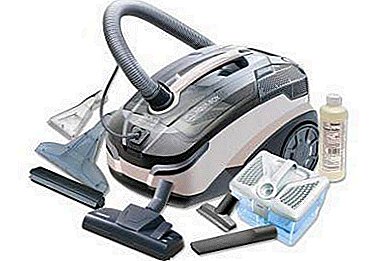 Purchase a vacuum cleaner that has a water filter.
Purchase a vacuum cleaner that has a water filter.- Wear a mask or respirator during cleaning.
- Replace down, feather fillers for pillows and blankets with synthetic fillers.
- Never forget to dry pillows and blankets.
- Change bed linen once in seven days, dry it in the fresh air.
- To maintain personal hygiene, that is, every day to take a shower and wash your hair.
- From the children's room to remove some soft toys, and the rest once a month, wash and dry on the balcony.
- Purchase a hygrometer (a device that measures the humidity of the air) and make sure that the humidity in the room does not exceed forty or fifty percent.
- Use air dryers.
- Clean the air with air conditioners or special cleaners.
- Eat only in the kitchen.
Do not rush to prematurely throwing out the curtains, part of the furniture, and carpets, in order to get rid of the allergic reaction. To get rid of allergens in the house, you only need to buy a very powerful and quite multifunctional system for cleaning air and furniture surfaces one hundred percent, which greatly help make life easier.


 Purchase a vacuum cleaner that has a water filter.
Purchase a vacuum cleaner that has a water filter.


